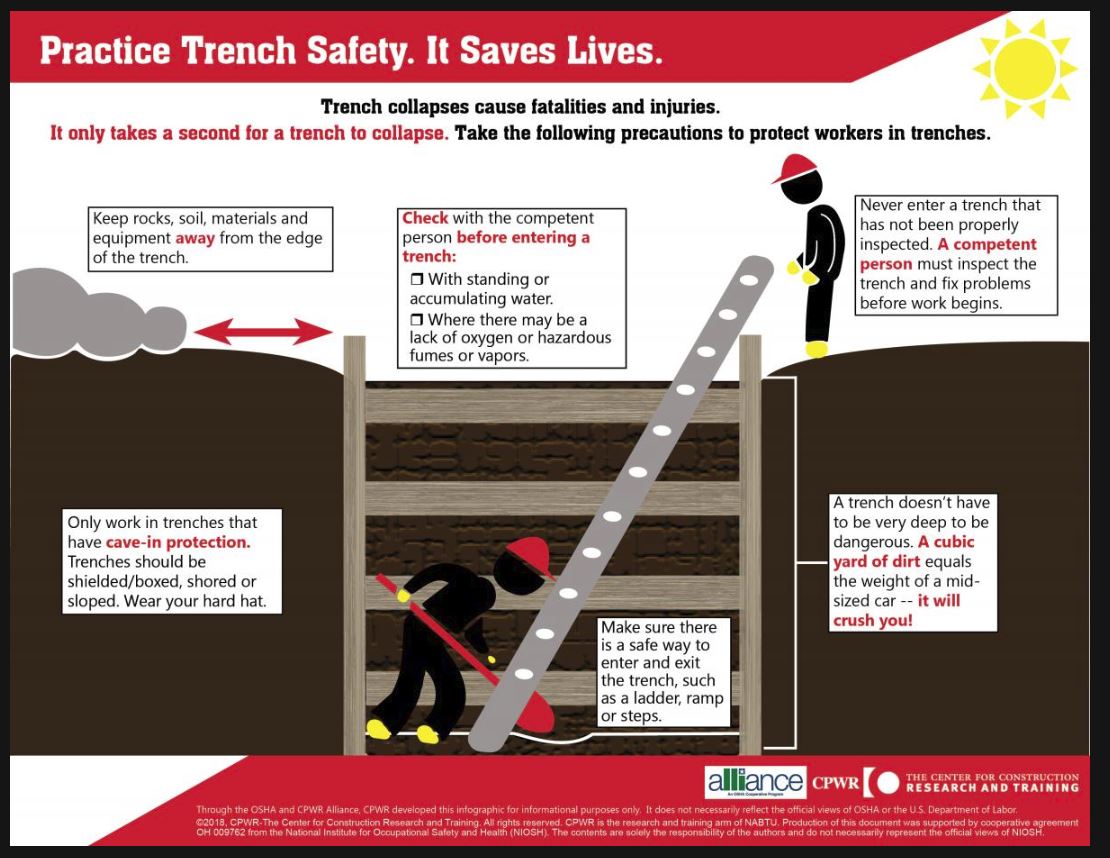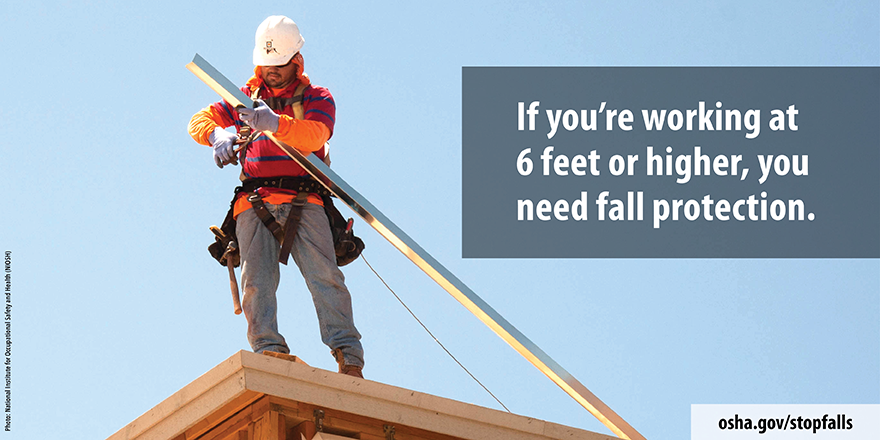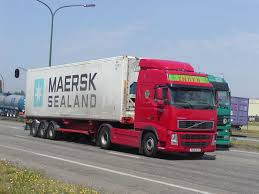75 Dangerous hand sanitizers sold at major retailers recalled after several consumers were hospitalized or died
 75 dangerous hand sanitizers that are being sold at major retailers such as CVS, Wallmart and others have been recalled by the FDA. The dangerous products contained methanol, also known as wood alcohol. When absorbed by the skin or swallowed, methanol can lead to severe injury such as blindness neurological damage or even death. The FDA has received several reports of consumers including children who suffered personal injury or died after being exposed to these dangerous products.
75 dangerous hand sanitizers that are being sold at major retailers such as CVS, Wallmart and others have been recalled by the FDA. The dangerous products contained methanol, also known as wood alcohol. When absorbed by the skin or swallowed, methanol can lead to severe injury such as blindness neurological damage or even death. The FDA has received several reports of consumers including children who suffered personal injury or died after being exposed to these dangerous products.
Please check your hand sanitizer and make sure it is not part of the list released by the FDA.
Some of the products recalled were sold under the following brands: Good Gel, Lavar 70, Saniderm, CleanCare, All-Clean and Eskbiochem. All these brands are manufactured by the same Mexican company Eskbiochem SA de CV.
 New York Personal Injury Attorneys Blog
New York Personal Injury Attorneys Blog





 20% of the workers who die at work are construction workers but they represent only 4% of the employed workforce in the US. Hard hats are among the workers that have the most risk of being injured or even dying on the job. Sadly, most of these accidents are preventable.
20% of the workers who die at work are construction workers but they represent only 4% of the employed workforce in the US. Hard hats are among the workers that have the most risk of being injured or even dying on the job. Sadly, most of these accidents are preventable. 1,000 people die in
1,000 people die in 

